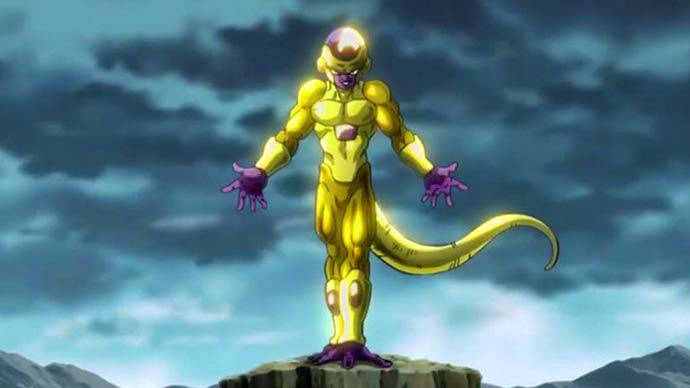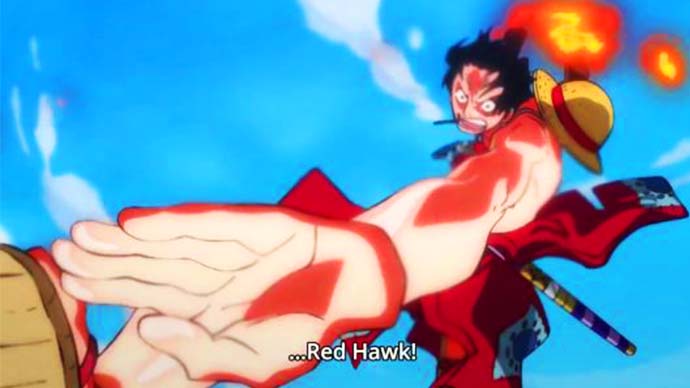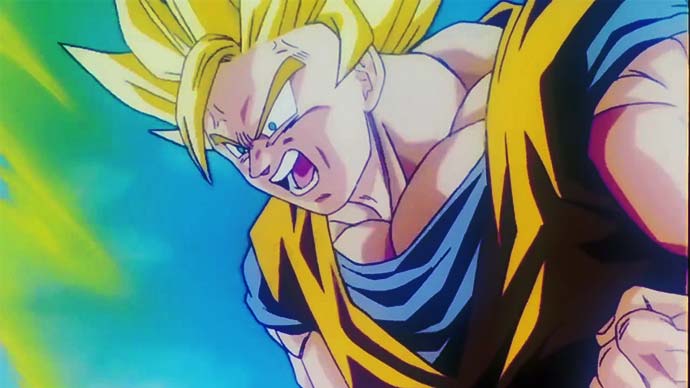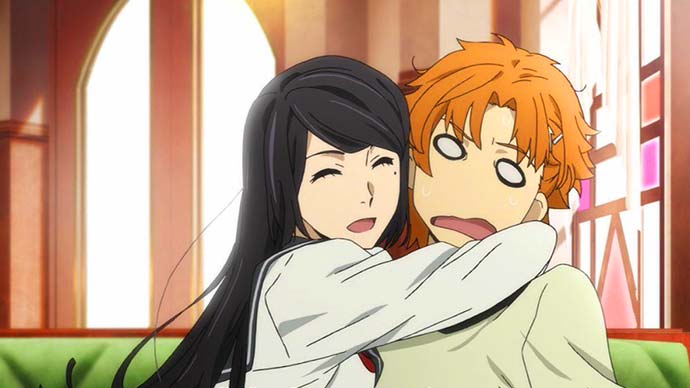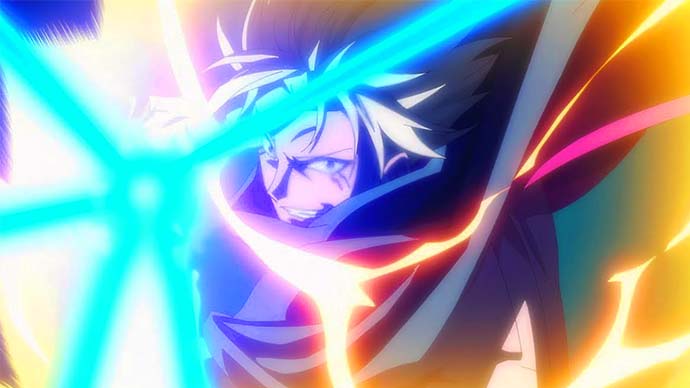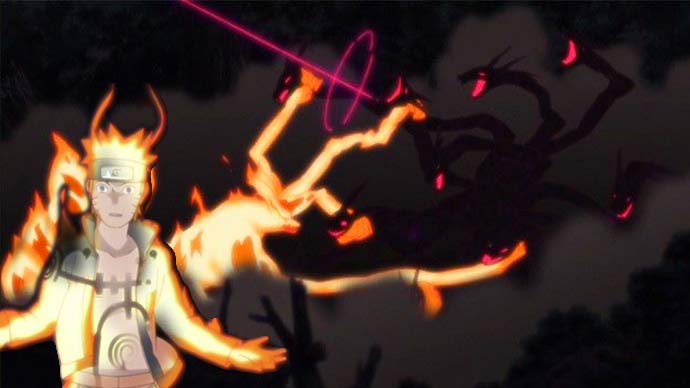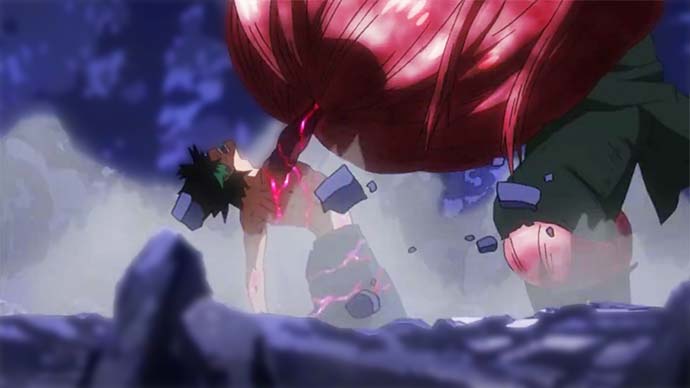But the weirdness of anime—even mainstream anime—goes beyond simply being able to depict unnatural events and phenomena. Anime is home to all kinds of unusual tropes that stem from Japanese culture as well as the willingness of anime to explore extreme niches. And when a particular anime gets really popular, its own weird innovations become inspiration for future anime series—and over time, those weird bits become easier to accept and may even become tropes. The great thing about tropes is that creative anime producers can subvert them in creative ways, which is great for fans as it both acknowledges the existence of the trope but also keeps it fresh and interesting. Here are some of the most common weird anime tropes that are somehow accepted by anime fans and the anime community.
7. Waiting for the Opponent to Power-Up
If you’re facing someone who’s charging up or powering their ability, you’d normally take the opportunity to strike while they’re vulnerable. But that’s not what anime characters do! They literally wait for it. Especially in shonen anime, there’s usually a scene where someone—either hero or villain—is awed, surprised, or just intrigued by the sudden show of an ability powering up and waits for it. This scene is usually a turning point in the narrative and a shift in the tide of battle. Most watchers accept this nonsense because it’s a dramatic storytelling choice that intensifies a given fight scene, even if it’s illogical. You’ll find many anime scenes with this trope, like when Goku and Vegeta waited for Frieza’s flashy golden transformation. But one famous scene that subverted this trope came in Attack on Titan, when Eren went ahead and attacked the Warhammer Titan before she was finished with her transformation.
6. Shouting Out Attack Names
Remember that scene from One Piece where the blind Fujitora asked Luffy why he kept shouting what he’s going to do or what his next move would be? The same goes for all anime characters who shout out their abilities’ names while executing them. Ability names can add a lot of flavor and flair to an anime fight scene, and the name can even shed meaningful backstory that fills in lore. But there’s usually no good way to learn what the name of an ability is, which is why it’s become acceptable for characters to shout them out.
5. The Louder, The More Powerful
We all love seeing Goku shout as loud as he can while he amasses or releases his “ki” to power up. And the louder he screams, the stronger he gets—the volume is meant to portray the progression. It’s a trope that’s been popularized by classic anime series like Dragon Ball Z and Yu Yu Hakusho, which often show screaming matches between opponents. Fans love it because the screams increase the intensity of a scene and the anticipation of the bout to come. Though most modern anime series no longer use this trope, it does still show up from time to time, particularly in shonen anime.
4. Brother-Sister Relationships
One of the weirder and more disturbing elements in certain anime genres is the “brother-sister relationship.” It doesn’t always show up, but several well-known anime series have their own version of this trope. It can be used for comic relief, fan service, or meaningful character development (especially with goudere, yandere, himedere, and hiyakasudere character archetypes). Brother-sister relationships in anime can range from precious (like the Kamado siblings from Demon Slayer) to ecchi and perverted (like the Tanizaki twins from Bungo Stray Dogs). As long as the trope contributes to plot or character development, it can be acceptable for viewers. Remember the episode of Bungo Stray Dogs where Naomi was hurt? Junichiro went wild that time!
3. Overt References to Other Series
Anime has evolved into a huge culture of its own, so it’s common to see influences and inspirations from older anime series showing up in later anime series. But direct references? Those are pretty rare. Some anime series may have “Easter eggs” that overtly reference another anime series. Sometimes you have homages or parodies that copy or twist iconic scenes from iconic animes. One of the more famous anime series to feature tons of references from well-known anime series is Gintama, which has had interesting moments like when Gintoki dresses like Luffy from One Piece or poses like a character from Jojo’s Bizarre Adventure. There’s also a scene in Jujutsu Kaisen in which Yuji throws a tantrum because he can’t use abilities referenced in other series. Staz (Blood Lad) and Veldora (That Time I Got Reincarnated as a Slime) also featured the famous Kamehameha Wave from Dragon Ball Z.
2. Filler Episodes and Filler Arcs
Though many fans find filler episodes and filler arcs annoying, some anime fans have started to actually like them. When done well, a filler arc can flesh out characters and worldbuilding in ways that might be missing otherwise. Filler episodes can also have memorable scenes that make characters more lovable. And when you love an anime series that much, fillers mean more time spent in the world. While filler episodes don’t affect the main story, they still feature the same characters. Often, they come with added twists and turns that either shift to a new point of view or show a character’s less-seen side. Some fillers also emphasize the presence of overlooked side characters! Naruto is an infamous anime series known for its filler arcs, but some of those fillers gave us entertaining plots and subplots, including the Power Arc from episodes 290 to 295.
1. Going Beyond Established Limits
In every anime fight scene, there’s always a winner and a loser. Often times, the hero starts off winning but ends up losing due to some hidden trick up the opponent’s sleeve. Just as often, the hero may get beaten to a pulp by an overpowered opponent. He’s immobilized or rendered unable to fight, but he’s able to muster up hidden strength and surpass his usual limits, which allows him to get back up and save the day. This trope has become overused in anime to the point where fans may now roll their eyes. If it’s done all the time, it weakens the impact of any scene where the hero looks like they’re going to lose. It’s a cop-out deus-ex-machina that only damages the story’s potential. But if there’s a good reason for why the character can suddenly surpass their normal limits—and if it’s been adequately foreshadowed—then it can be an amazing hair-raising moment that’s remembered. Read next: Powerful Anime Characters Who Started as Weak or Useless
